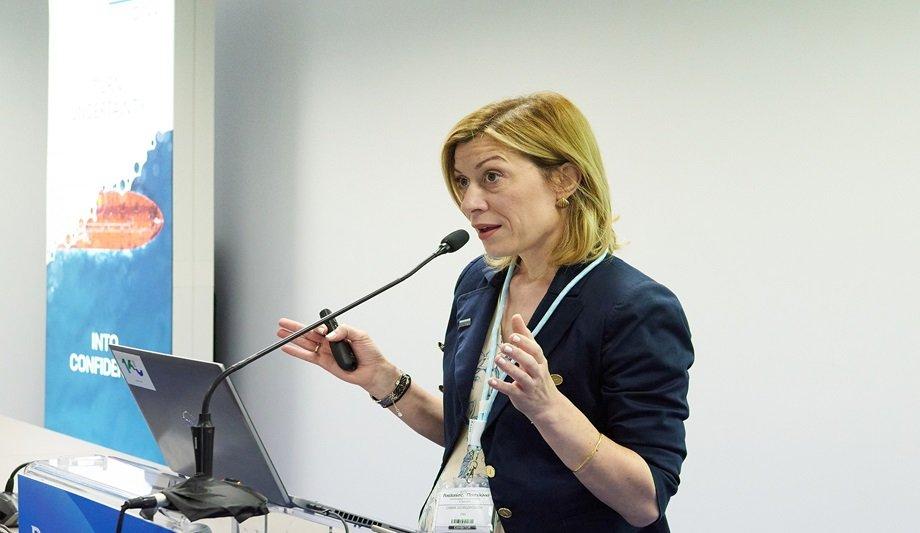Onboard carbon capture (OCC) is attracting interest within the shipping industry, providing shipowners with the opportunity to continue operating on conventional fuels, while reducing emissions.
However, according to DNV’s latest whitepaper - 'The potential of onboard carbon capture in shipping', its success depends on collaboration between regulators, policymakers, industry stakeholders, class, and suppliers.
Cost-efficient solutions
With decarbonisation targets rapidly approaching, demand for cost-efficient solutions for emission reduction is increasing.
DNV’s latest whitepaper explores OCC as a decarbonisation solution for shipping by looking at its technical, economic, operational, and regulatory challenges, as well as its integration into the carbon capture, utilisation, and storage (CCUS) value chain.
CO2 capture, process, and store
CCUS is the process of capturing CO2 and recycling it for future use or permanently storing it
CCUS is the process of capturing CO2 and recycling it for future use or permanently storing it in deep underground geological formations.
The maritime industry is exploring its application onboard ships, which will require an onboard system to capture, process, and store the CO2 and a network of offloading that is integrated into wider CCUS infrastructure.
Decarbonisation goals
Chara Georgopoulou, Head of Maritime R&D and Advisory Greece, said, "OCC is expected to be part of a range of future options that will help shipping achieve its decarbonisation goals."
She adds, "However, further collaboration and testing are required to verify its performance. The commercial attractiveness of OCC will depend on the terms under which regulations can credit the removal of carbon emissions, and how smoothly it can be integrated into the growing CCUS value chain."
Economically viable and competitive
OCC can become a key way for shipowners to comply with decarbonisation regulations
For OCC to be relevant for wider application it must be economically viable and competitive with other decarbonisation alternatives.
If successfully deployed, OCC can become a key way for shipowners to comply with decarbonisation regulations, while also helping to reduce the demand for alternative fuels.
GHG emissions regulations
The EU ETS is the only regulatory framework currently providing commercial incentives for OCC. To encourage shipowners to adopt the technology, future environmental and greenhouse gas (GHG) emissions regulations must also provide credit for captured CO2.
"If we are to achieve IMO decarbonisation targets, we must leave no stone unturned in continuing to investigate OCC and other potential technologies that can accelerate shipping’s decarbonisation journey," said Chara Georgopoulou.











